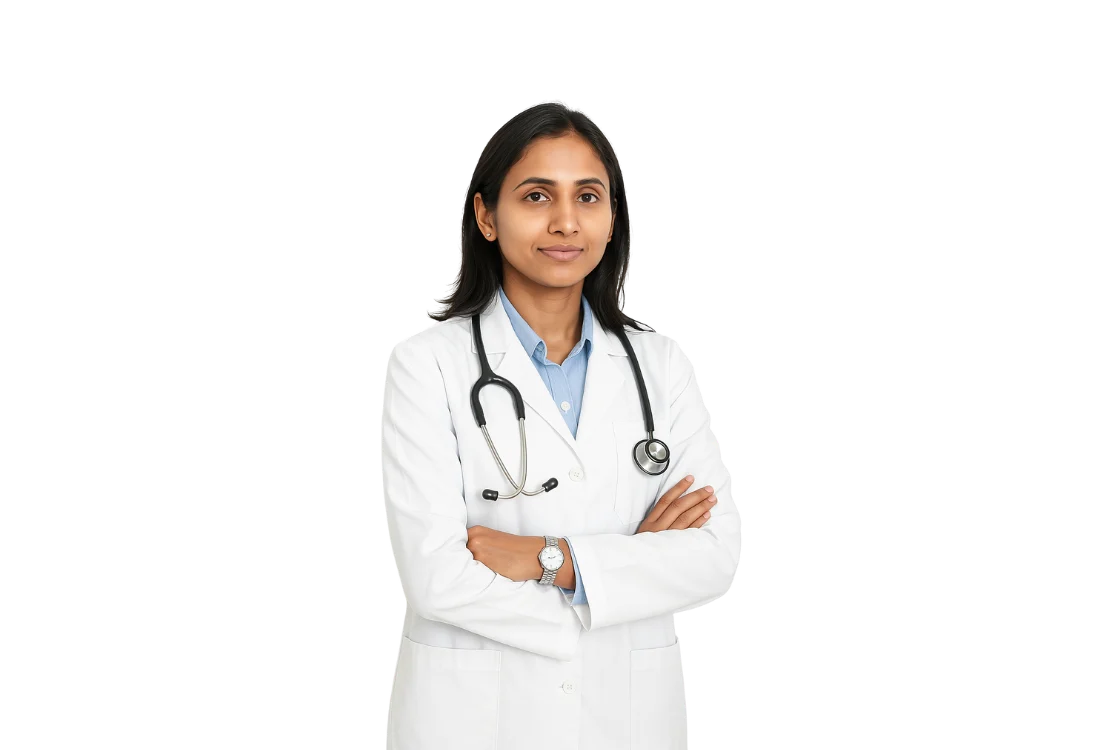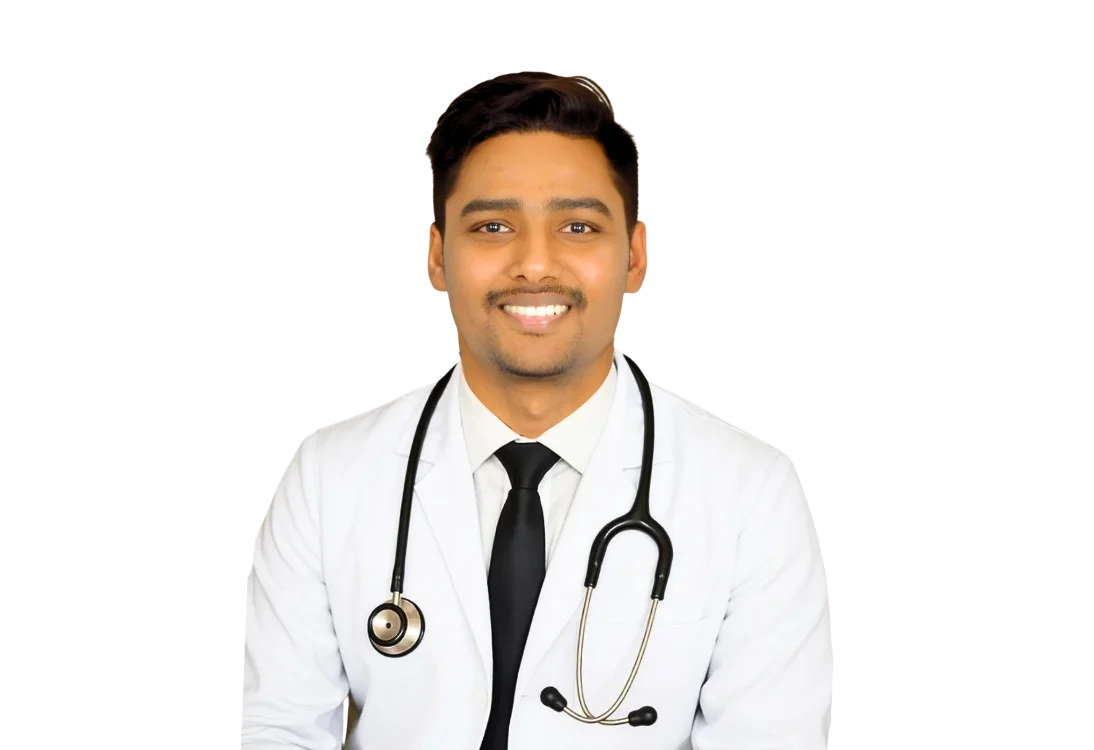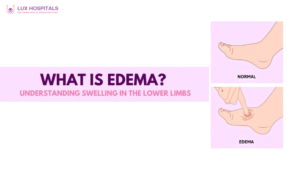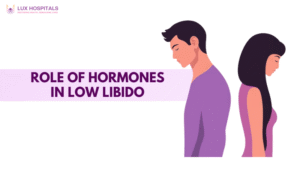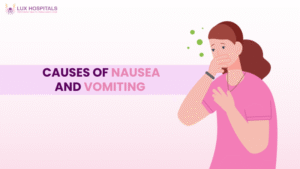Abdominal Mass or Fullness: What Could It Mean?
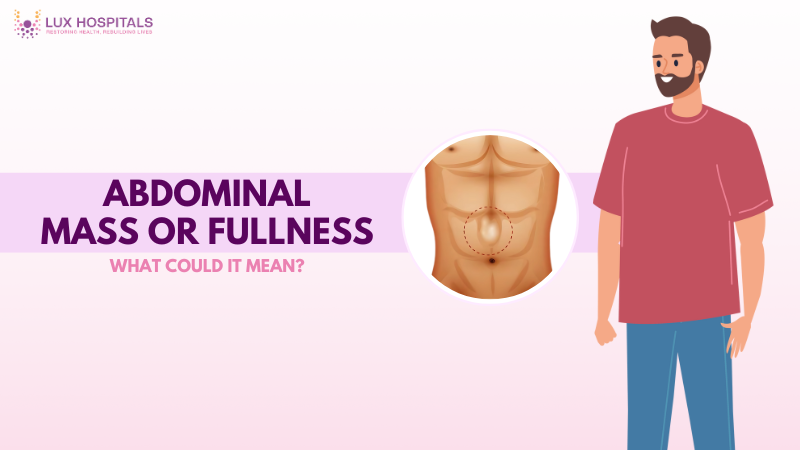
Abdominal mass and fullness can be concerning, often signaling an underlying condition that requires attention. This sensation may feel like tightness, swelling, or even a lump in the abdomen. It can stem from digestive issues, organ enlargement, or growths like tumors and cysts. Identifying the exact cause is crucial for effective treatment. In this blog, we’ll explore the most common reasons for abdominal mass and fullness and when it’s time to see a doctor.
Common Causes of Abdominal Mass or Fullness
1. Constipation
Chronic constipation leads to the accumulation of stool in the intestines, which can feel like a lump or fullness in the abdomen. This hard mass may even be felt on the outside during a physical exam. Additional symptoms include straining, infrequent bowel movements, and bloating. Increasing fiber, hydration, and regular activity can help ease the symptoms of abdominal mass and fullness caused by constipation.
2. Cysts in the Ovaries
Fluid-filled sacs called ovarian cysts develop on the ovaries and may grow large enough to cause abdominal mass and fullness. Women may experience pain during sexual activity, abnormal menstrual cycles, and decreased abdominal pressure. Occasionally, the cyst may rupture, resulting in severe pain and requiring emergency care. Ultrasonography is the most commonly used diagnostic method.
3. Tumors
Both benign and malignant abdominal tumors can result in a hard mass or obvious enlargement. Cancers of the liver, colon, pancreas, and kidneys are common causes of abdominal mass and fullness. You may also experience weight loss, fatigue, or changes in bowel habits. Early diagnosis through imaging and biopsy can significantly improve the outcome.
4. Pregnancy
In pregnant women, the expanding uterus naturally results in abdominal mass and fullness, especially in the second and third trimesters. It can also cause pressure on nearby organs like the bladder and intestines. Some may experience bloating, discomfort, or a “tight” belly early on. These symptoms are normal but should be monitored during prenatal visits.
5. Hernias
A hernia appears when internal tissues push through a weak area in the abdominal wall, causing a bulge. You may feel an abdominal mass and fullness, especially when coughing or lifting heavy objects. Types of hernias include inguinal, umbilical, and hiatal, each with varying symptoms. Surgery is usually recommended to prevent strangulation of the organ.
6. Ascites
Ascites refers to fluid buildup in the abdominal cavity and often signals liver cirrhosis or cancer. It leads to swelling, discomfort, and abdominal mass and fullness, especially in the lower belly. Patients may feel heavy and have difficulty breathing or eating. Diagnosis is made through physical exams and ultrasound-guided fluid sampling.
7. Gallbladder Disorders
Gallstones or gallbladder inflammation (cholecystitis) can lead to abdominal mass and fullness, often with pain in the upper right abdomen. These conditions can also cause nausea, indigestion, and pain after fatty meals. If untreated, gallbladder problems can lead to infection or rupture. Ultrasound and blood tests help confirm the diagnosis.
8. Enlarged Organs
Conditions like fatty liver disease, hepatitis, spleen infections, or kidney cysts can enlarge internal organs. This enlargement can create a sense of abdominal mass and fullness that may be felt upon physical examination. Often, these symptoms are accompanied by fatigue, appetite loss, or jaundice. Blood tests and imaging are necessary to determine the underlying cause.
9. Inflammatory Bowel Disease (IBD)
Crohn’s disease and ulcerative colitis lead to chronic inflammation in the digestive tract. This can result in thickened intestinal walls, which manifest as abdominal mass and fullness, pain, and diarrhea. Additionally, patients may experience weariness, weight loss, and nutrient deficiencies. Treatment includes anti-inflammatory medications, immune modulators, and dietary adjustments.
10. Fibroids
Fibroids are harmless uterine growths that commonly affect women of reproductive age. Large fibroids can press against the intestines or bladder, causing abdominal mass and fullness, frequent urination, and painful periods. Some women may also experience lower back pain and difficulty conceiving. Treatment includes hormone therapy or surgical removal.
When to See a Doctor?
If you notice an abdominal mass or a feeling of fullness lasting more than a few days, it’s important to seek medical help. Consult a doctor especially if it is painful or accompanied by symptoms such as weight loss, fever, or nausea. To identify the cause, your doctor may recommend blood tests, imaging scans such as ultrasound or CT, or a referral to a specialist. Early diagnosis plays a crucial role in ensuring better outcomes, particularly in conditions like cancer or organ enlargement.
Conclusion
Abdominal mass and fullness can stem from a variety of causes—some harmless, others more serious. Early detection is essential to receiving the proper care for conditions like cancer, fibroids, constipation, and organ growth. If the feeling persists or is accompanied by unsettling signs like fever, pain, or weight loss, you should always get medical help. Your quality of life can be enhanced, and your health can be protected with prompt diagnosis and treatment.









